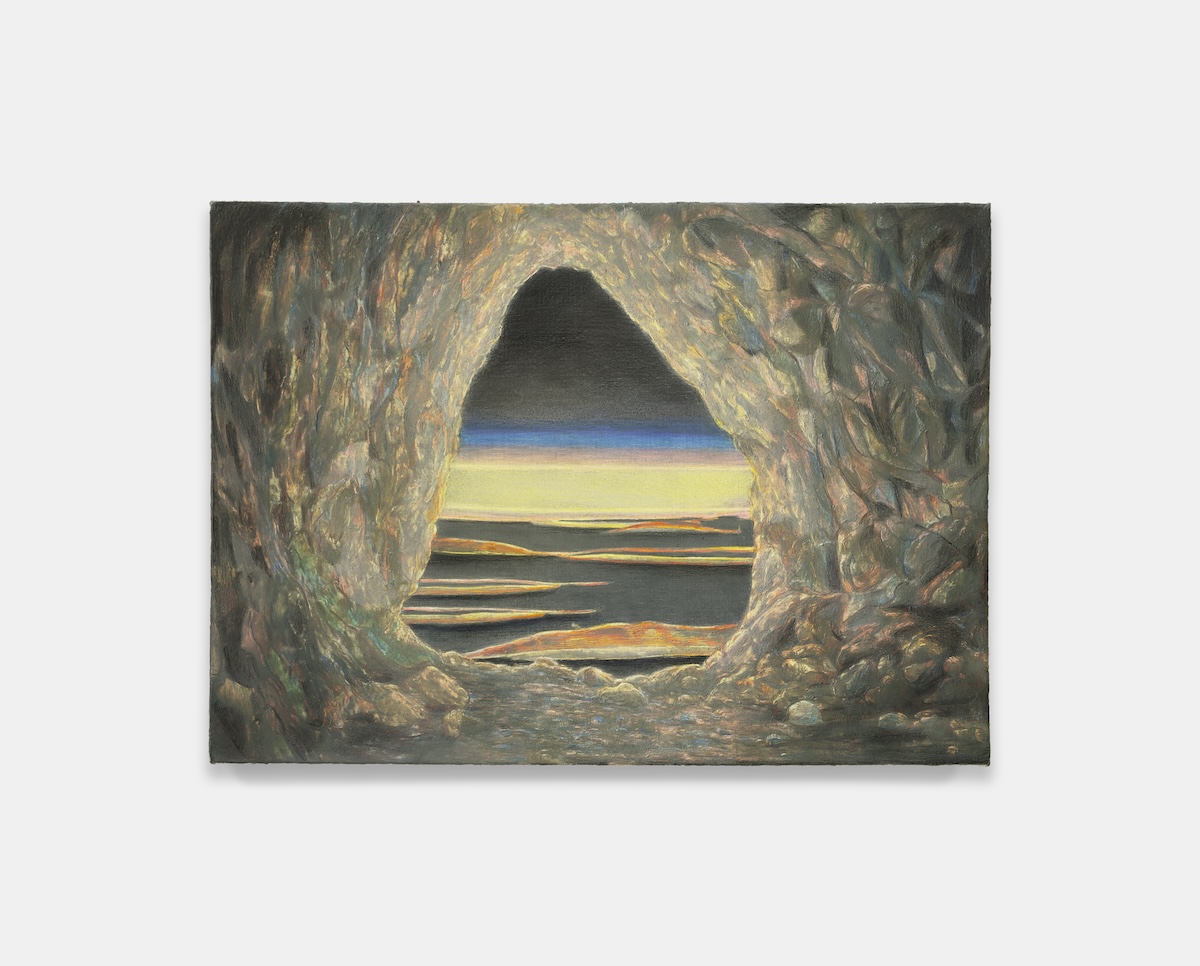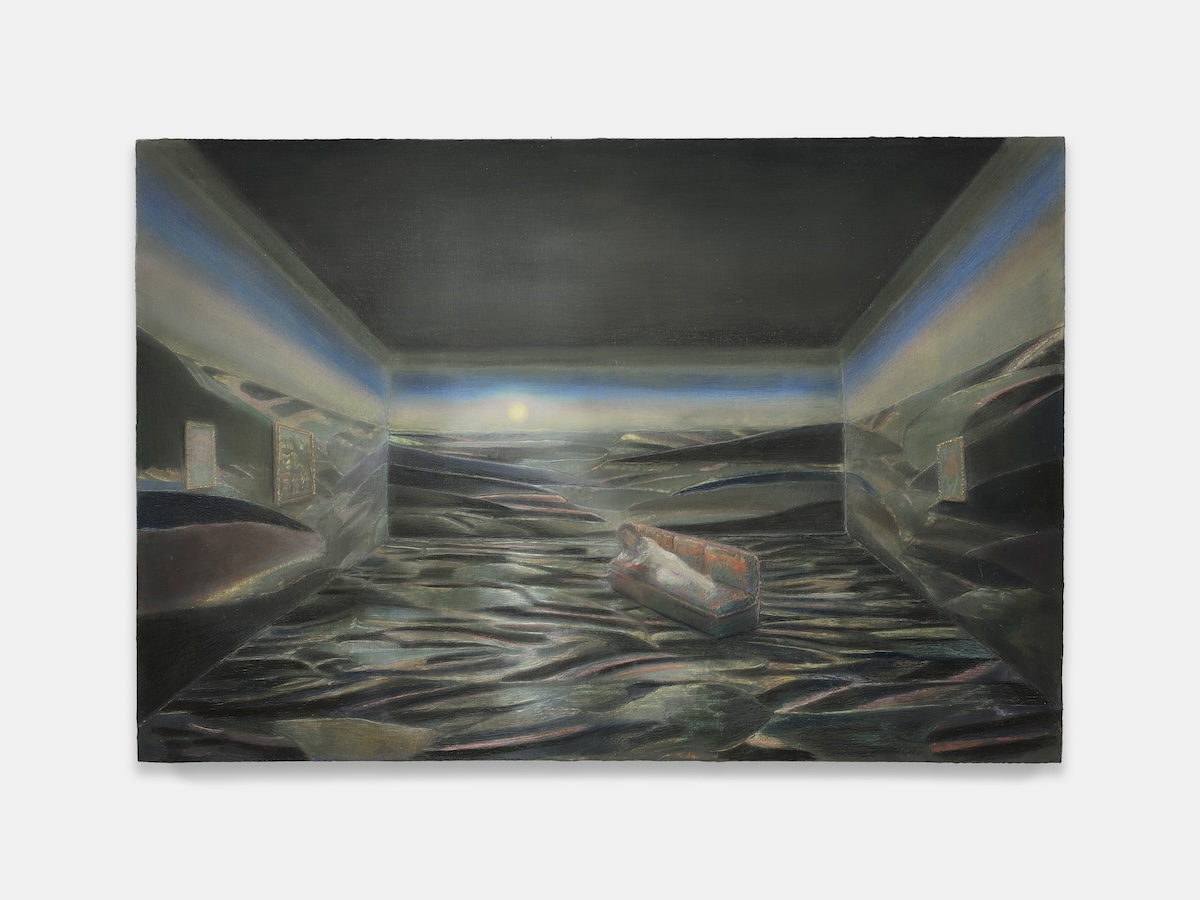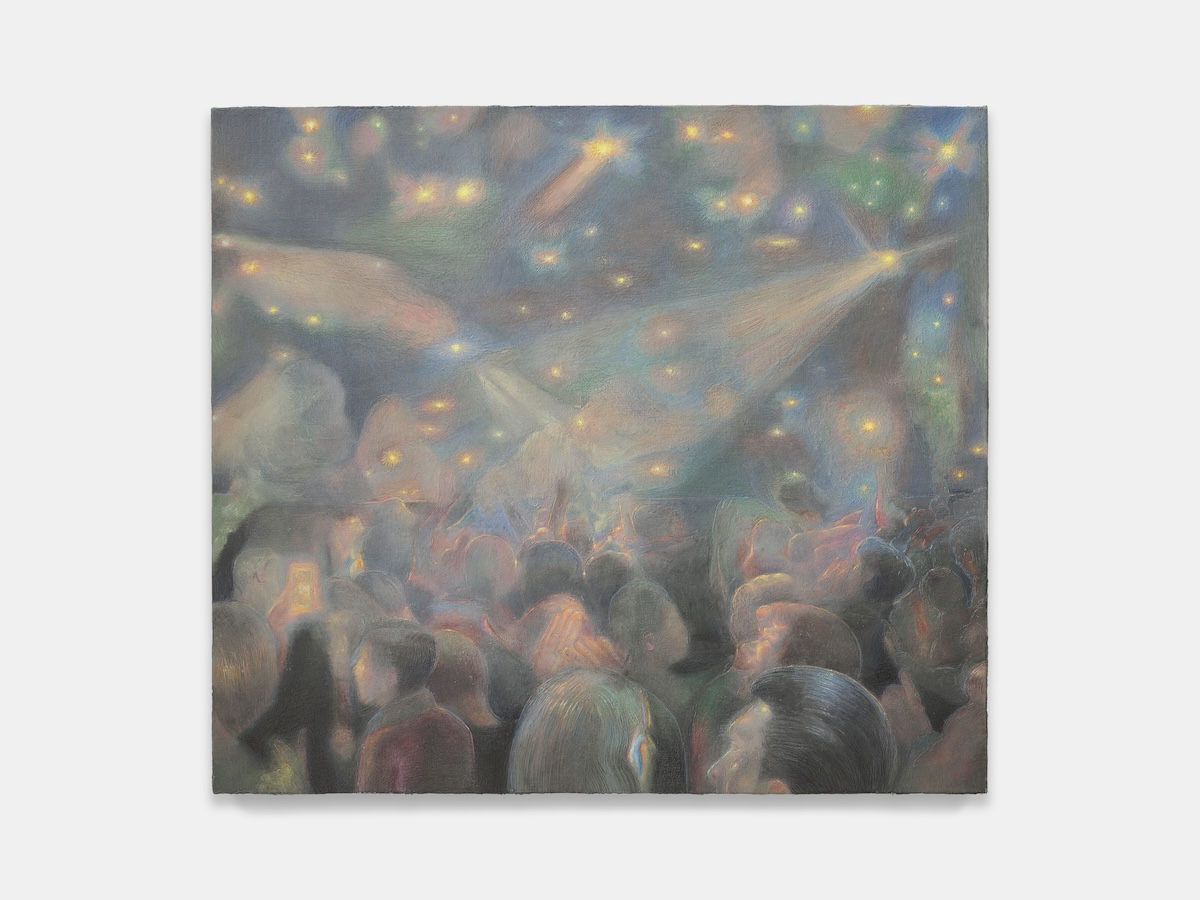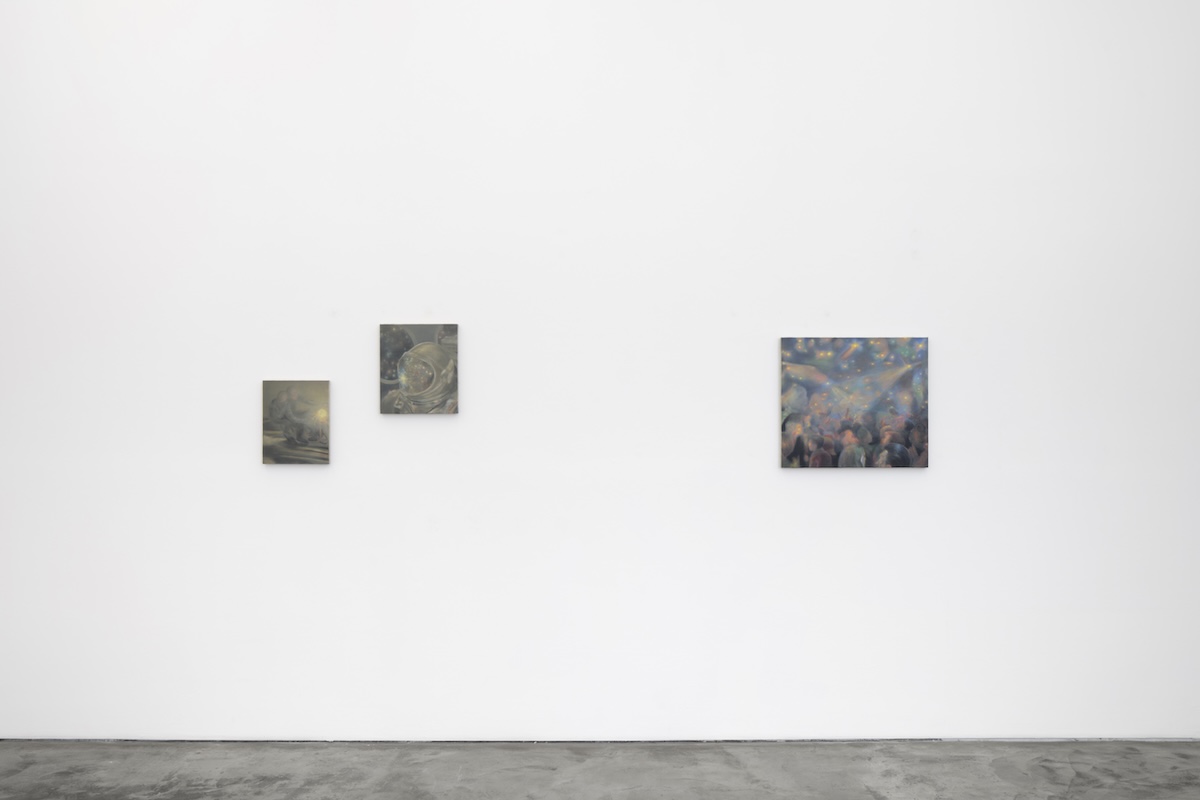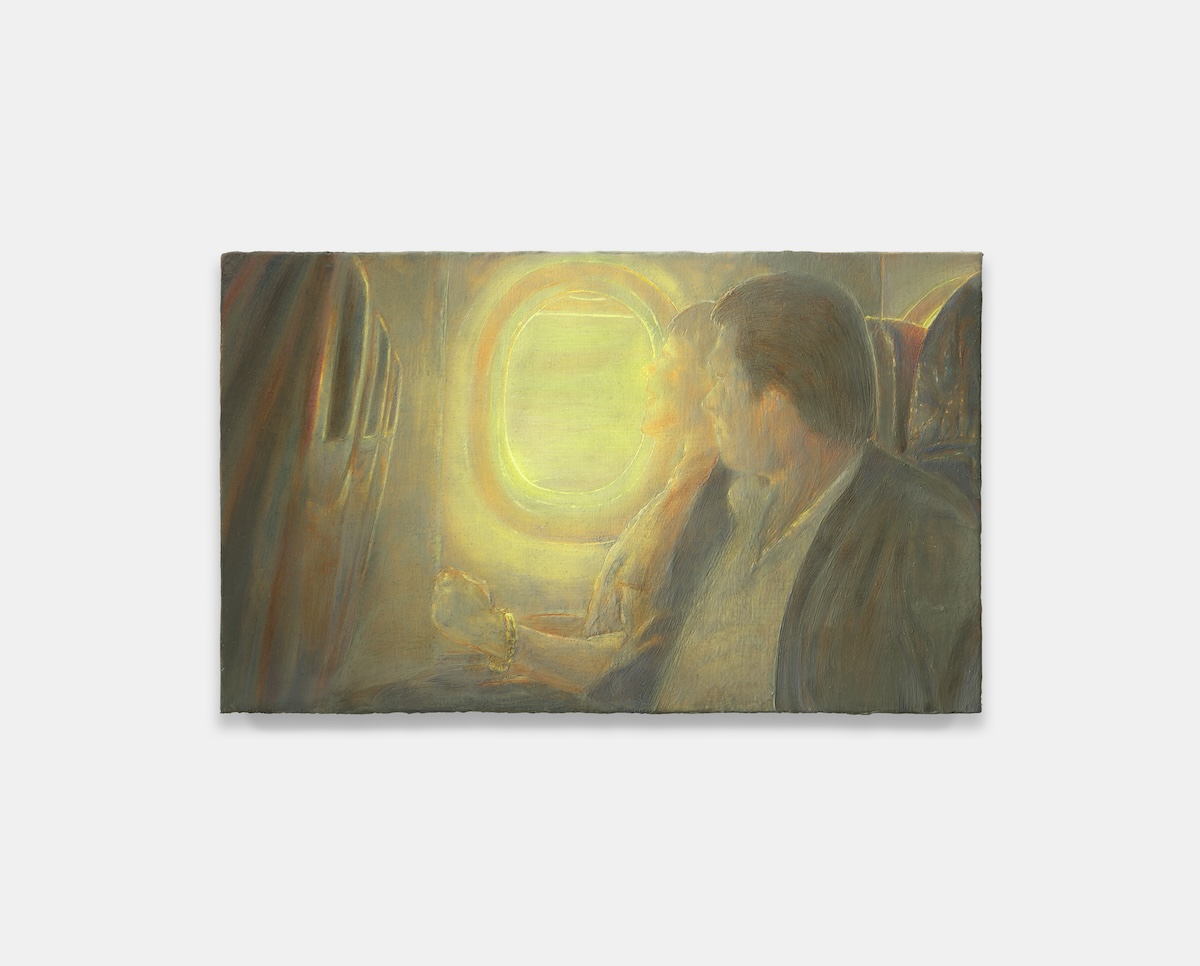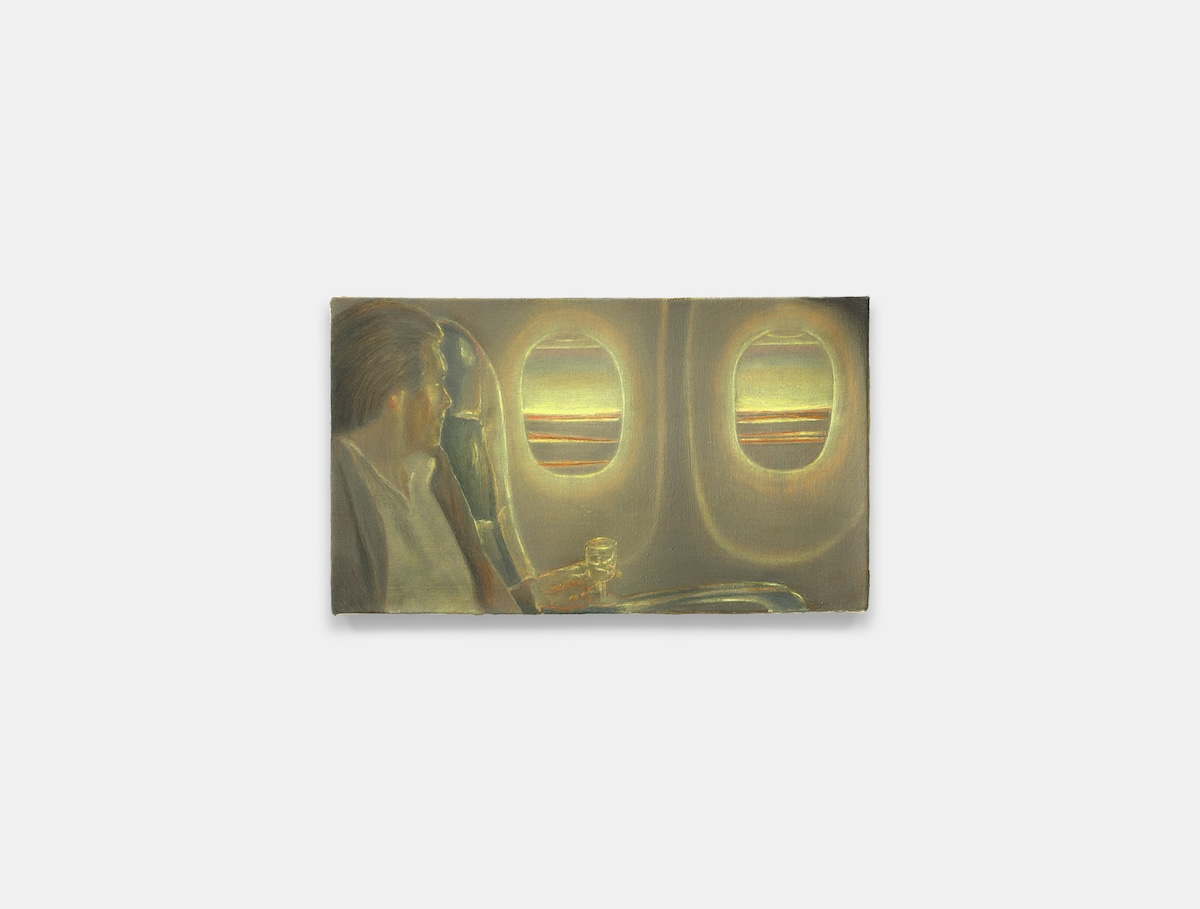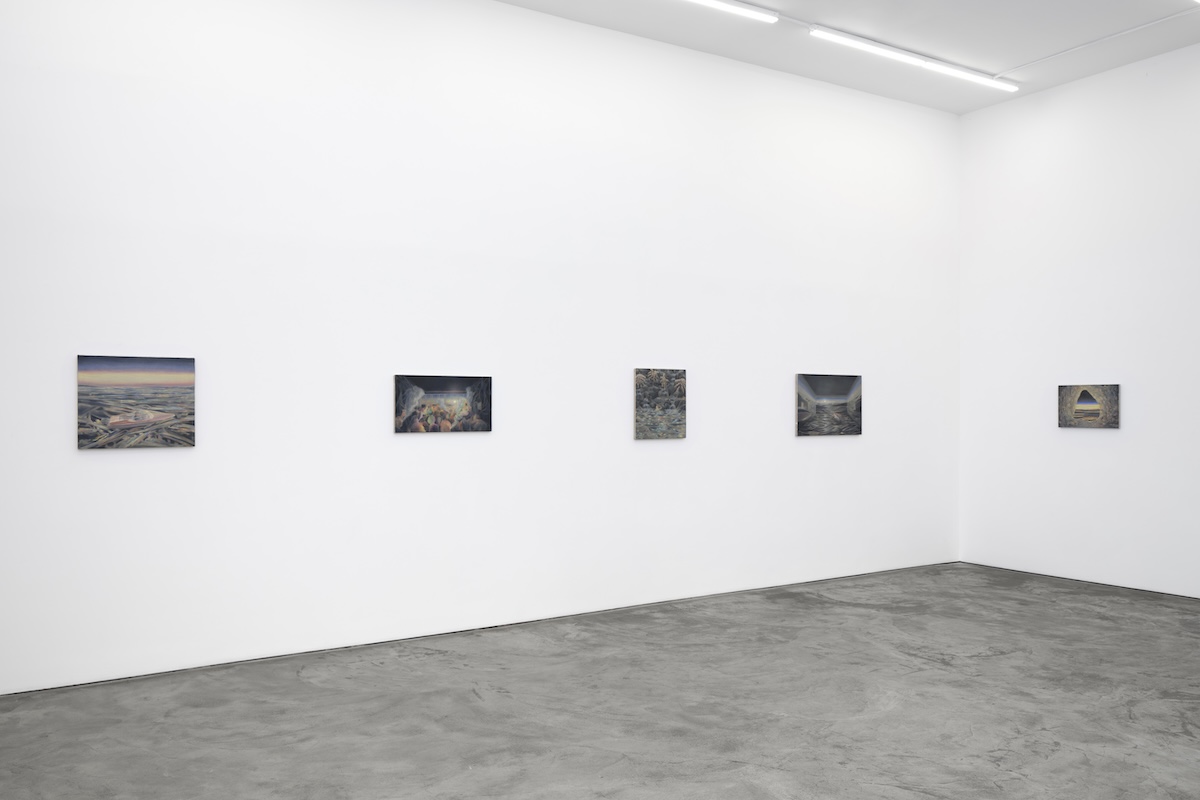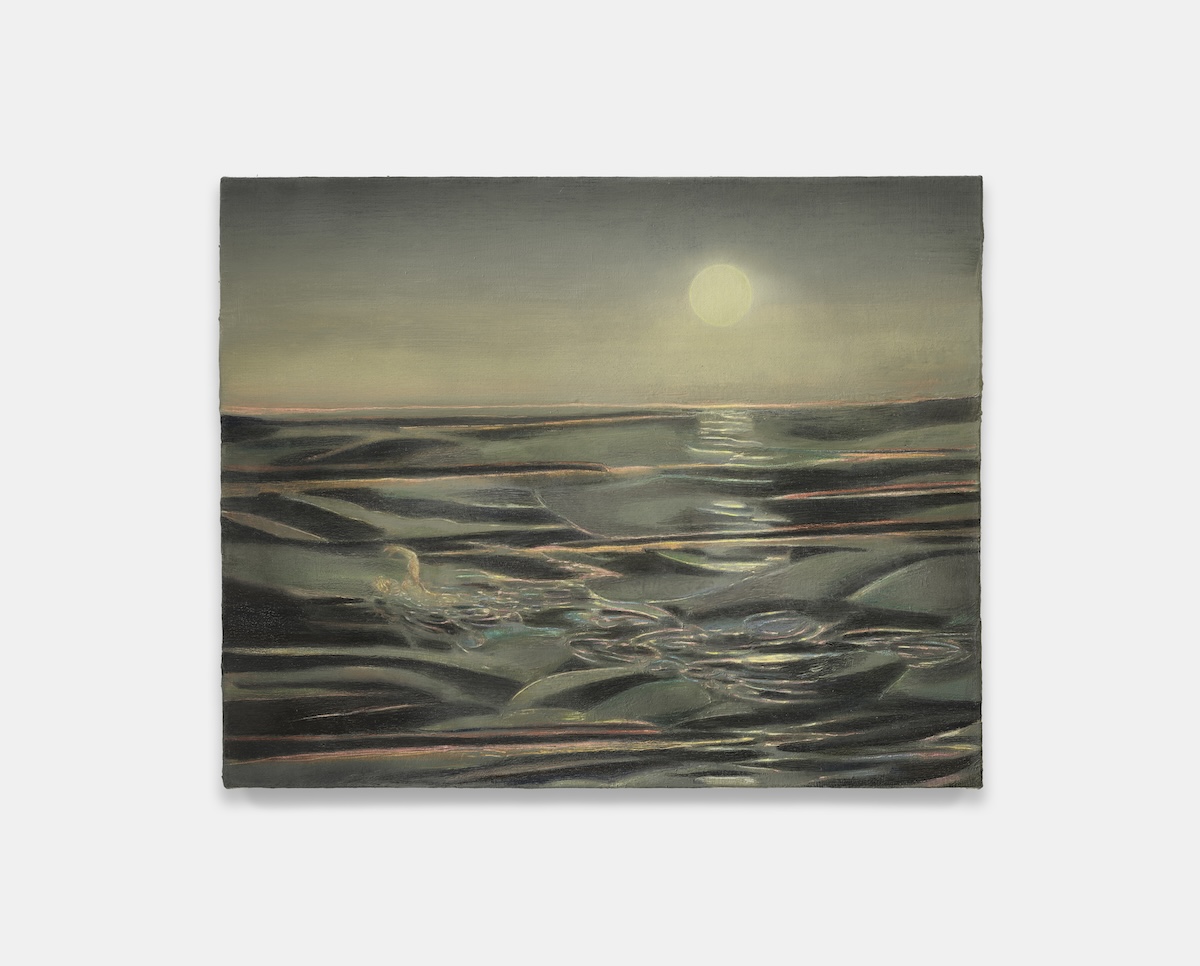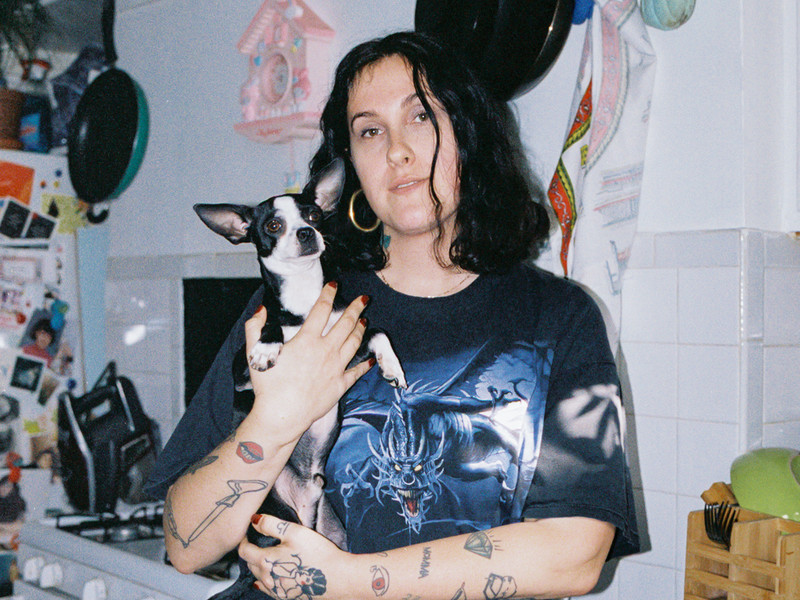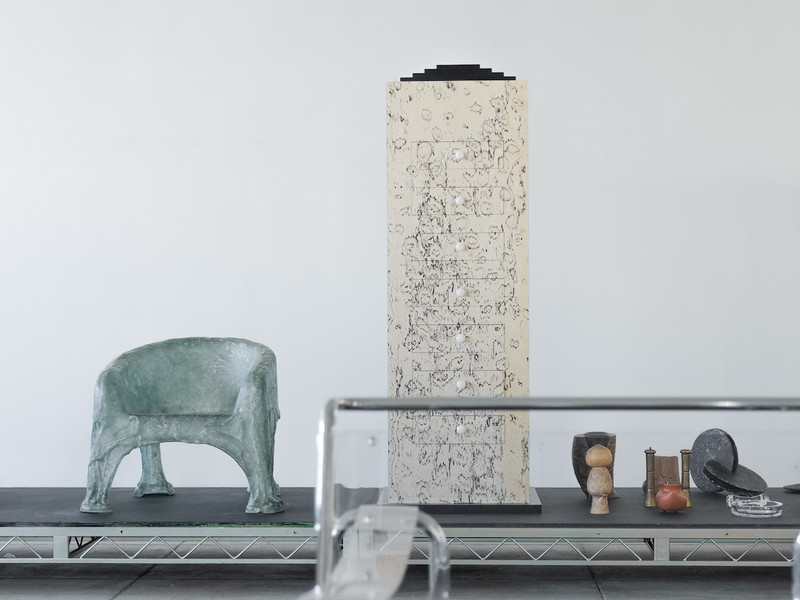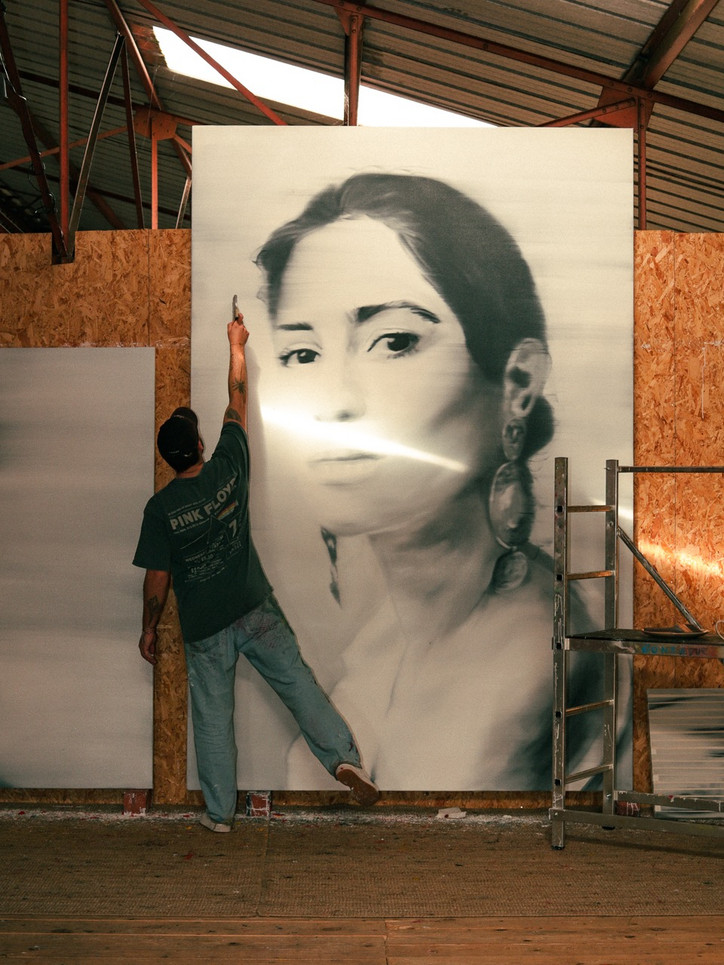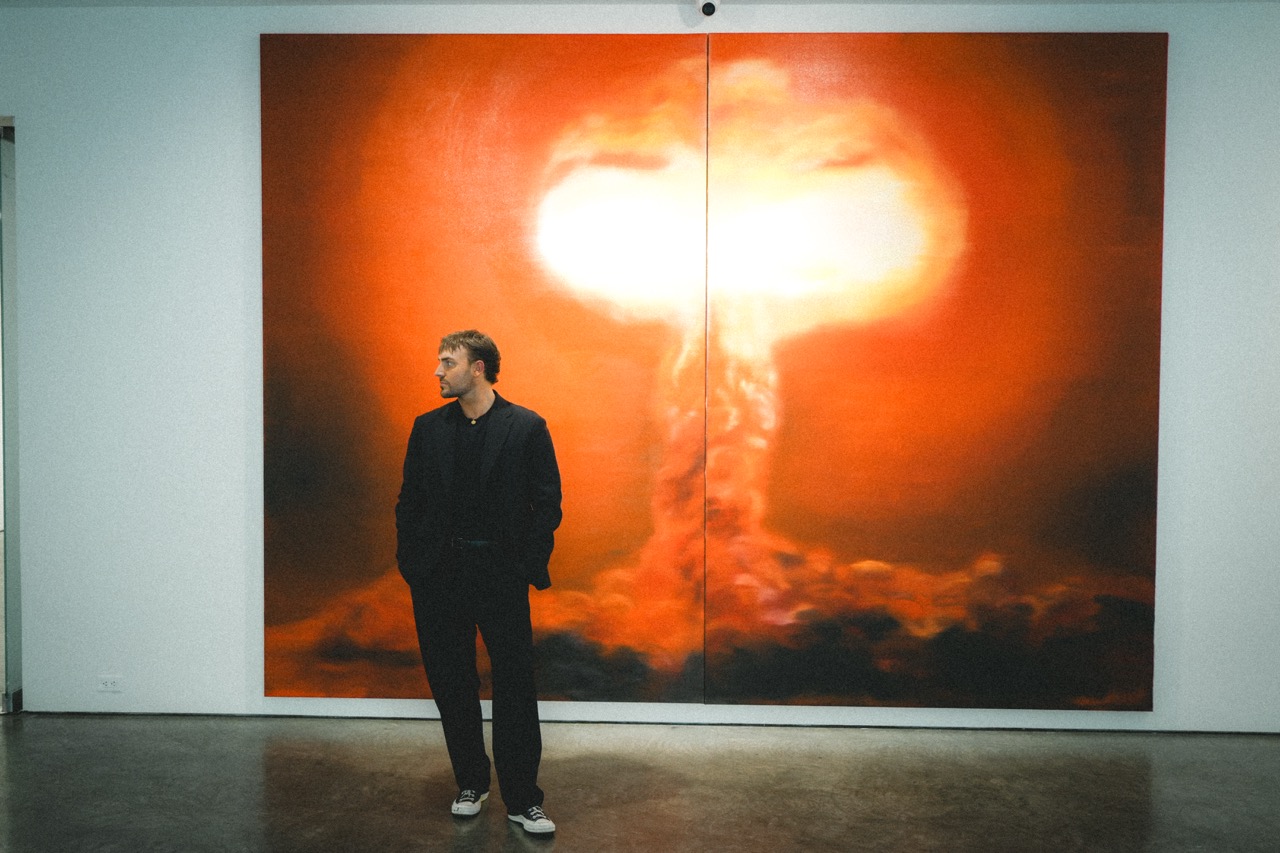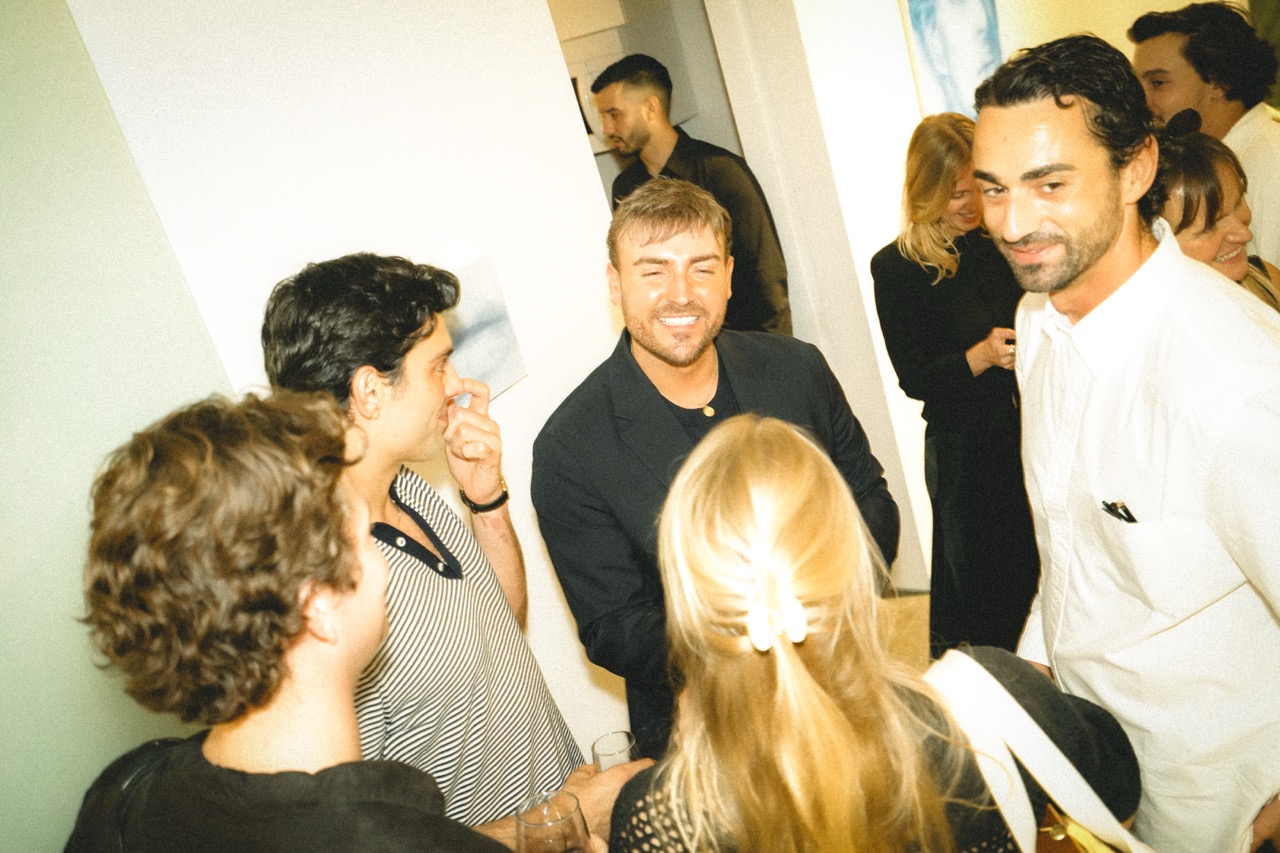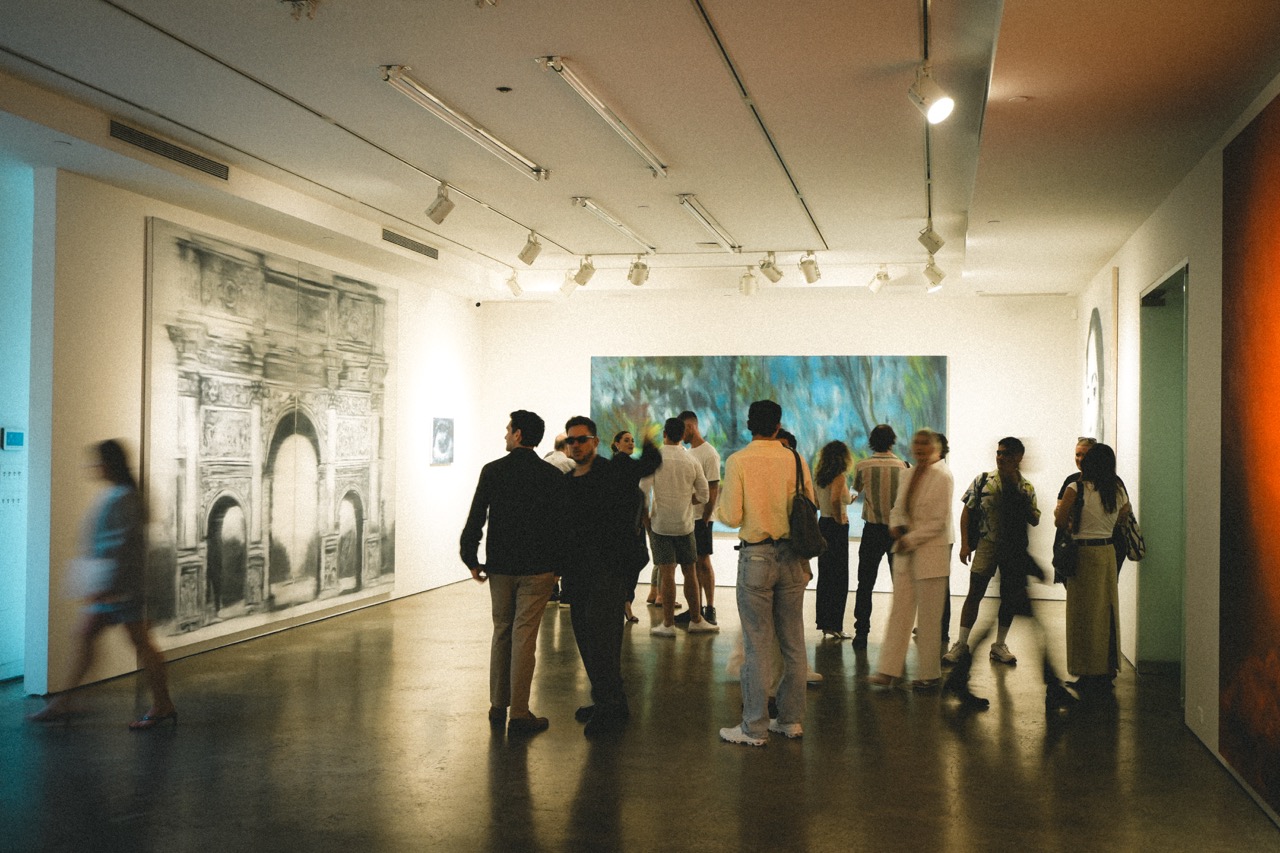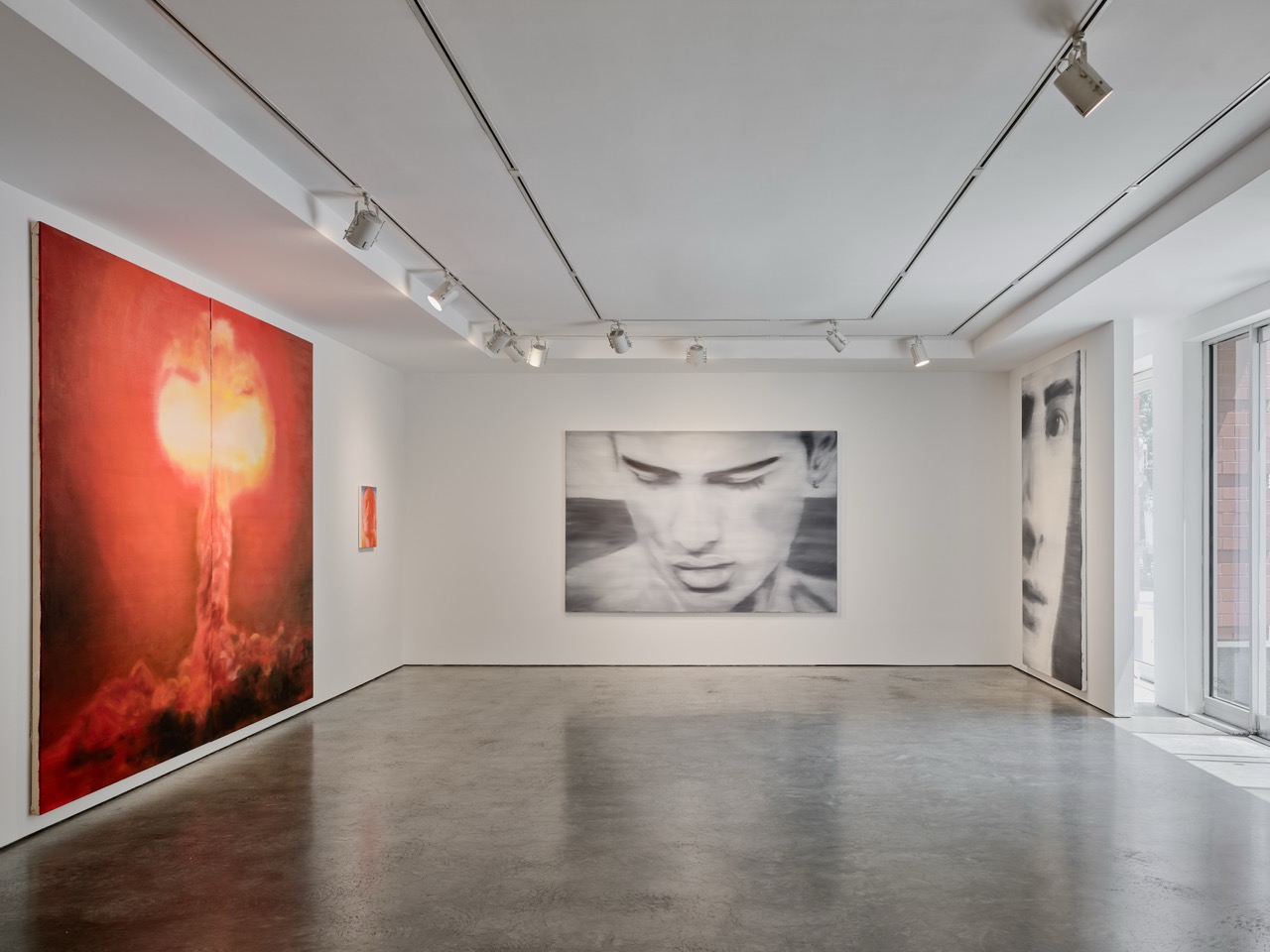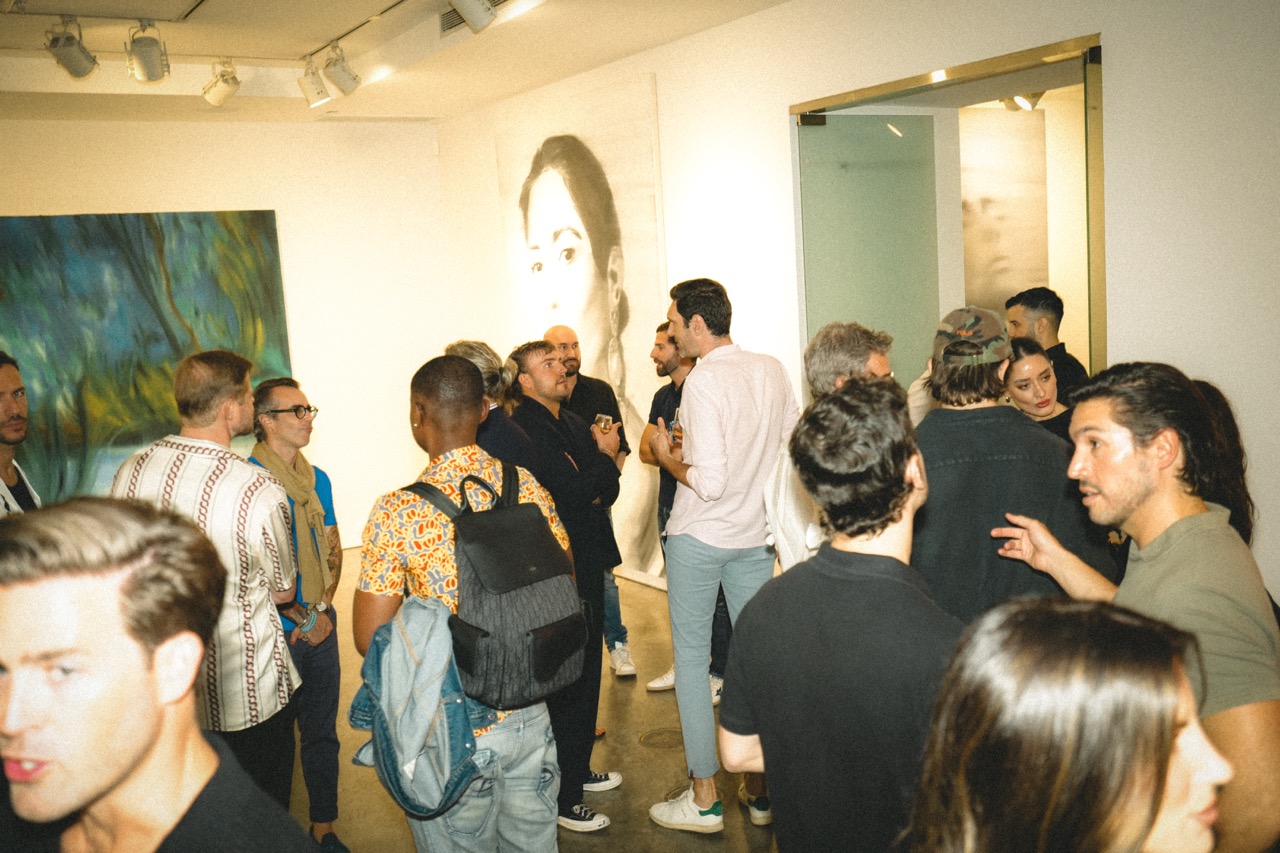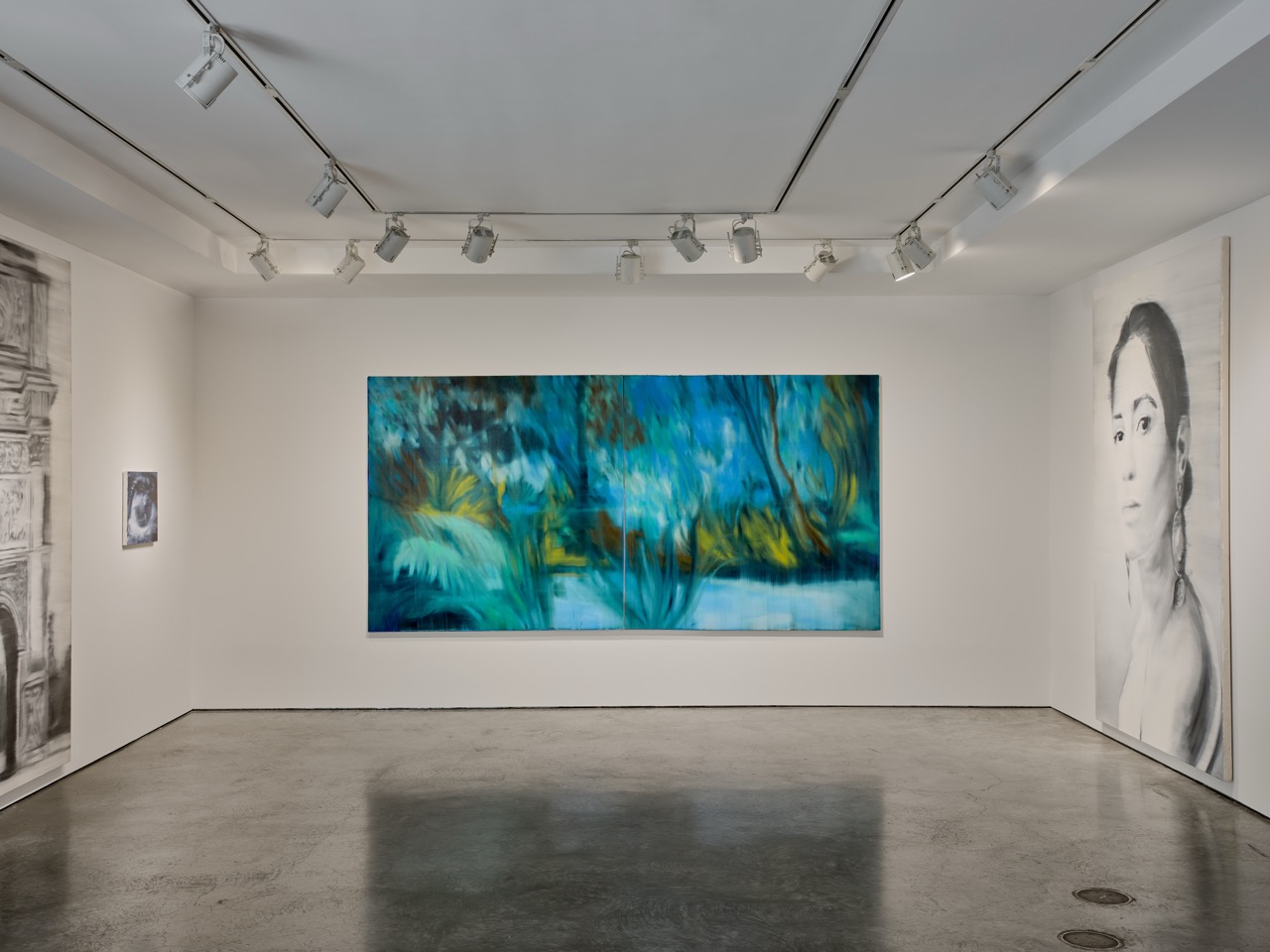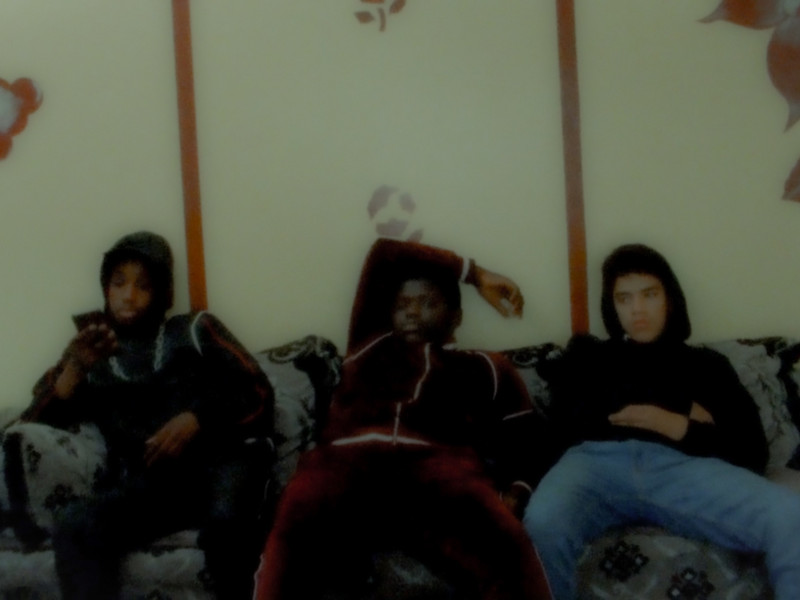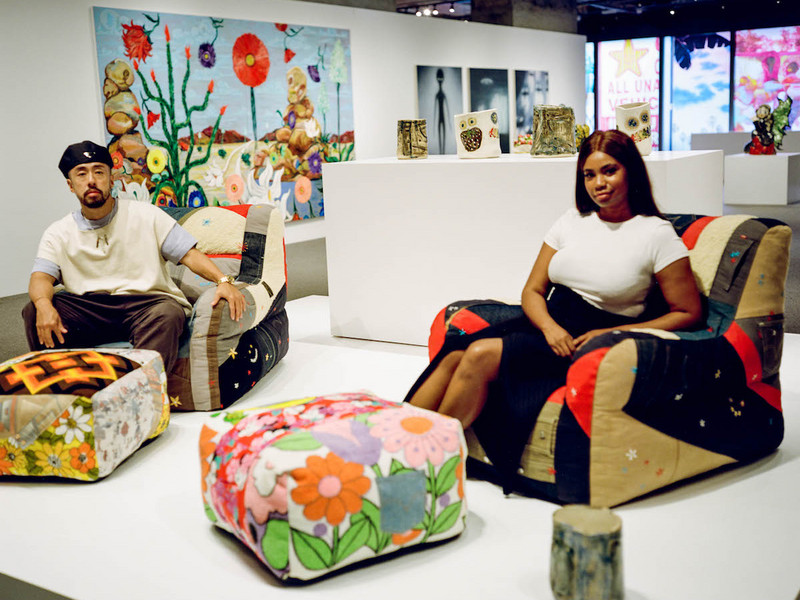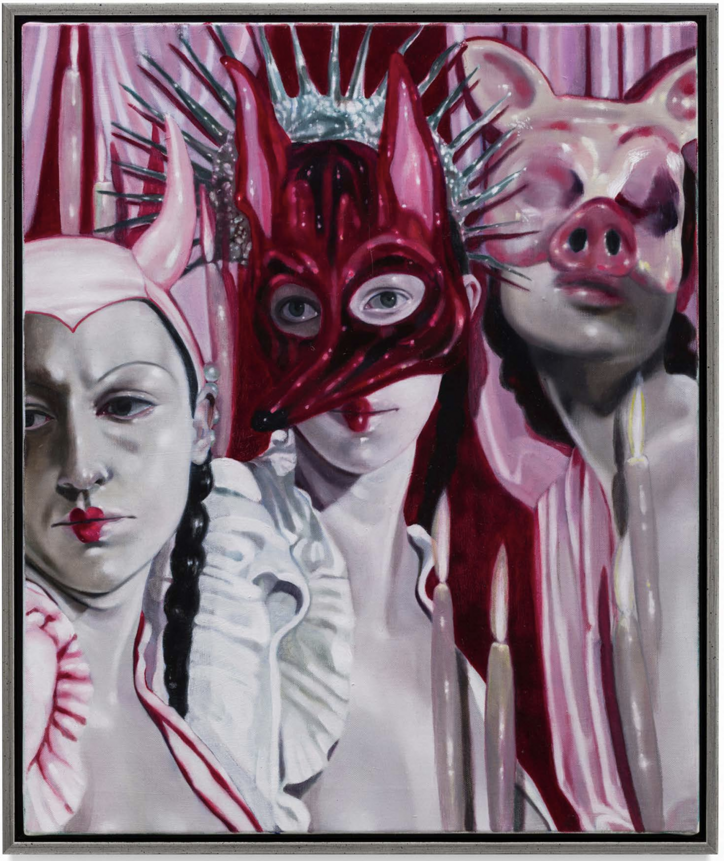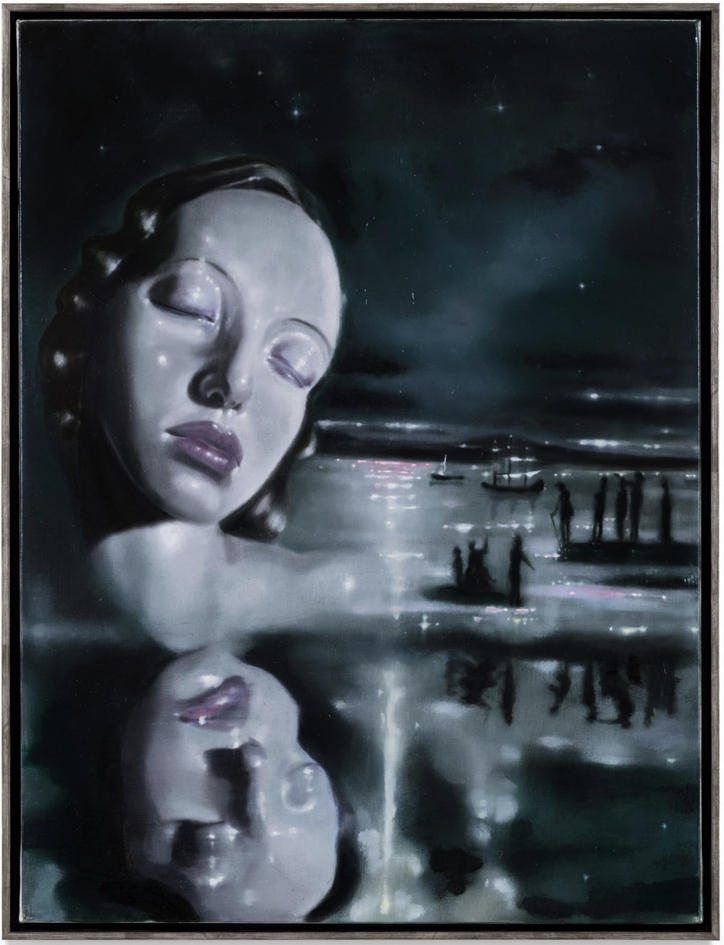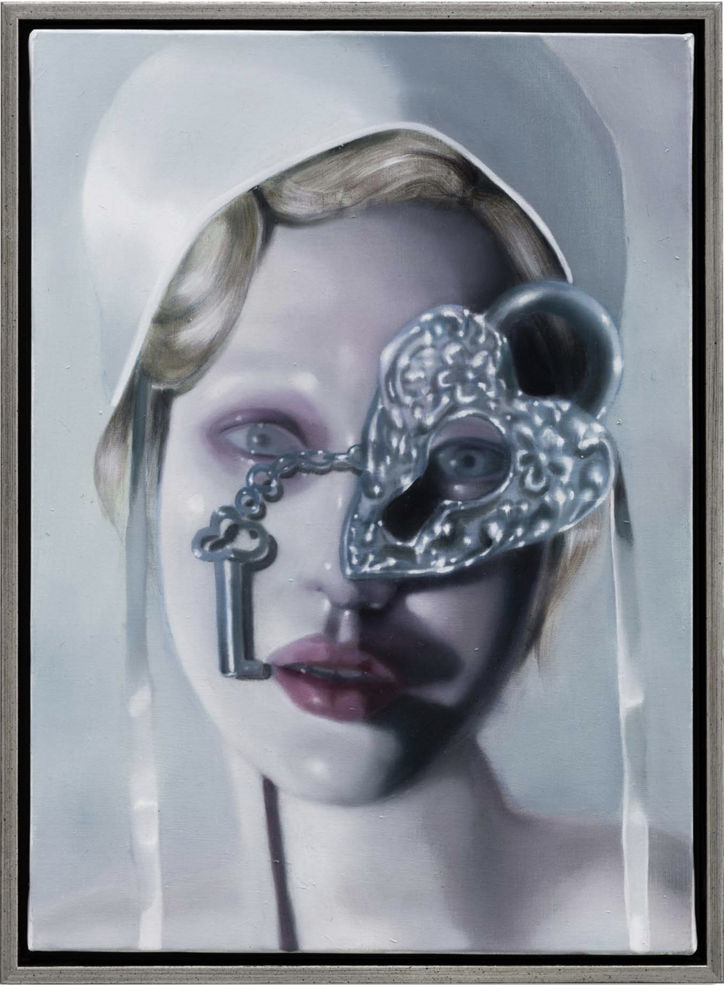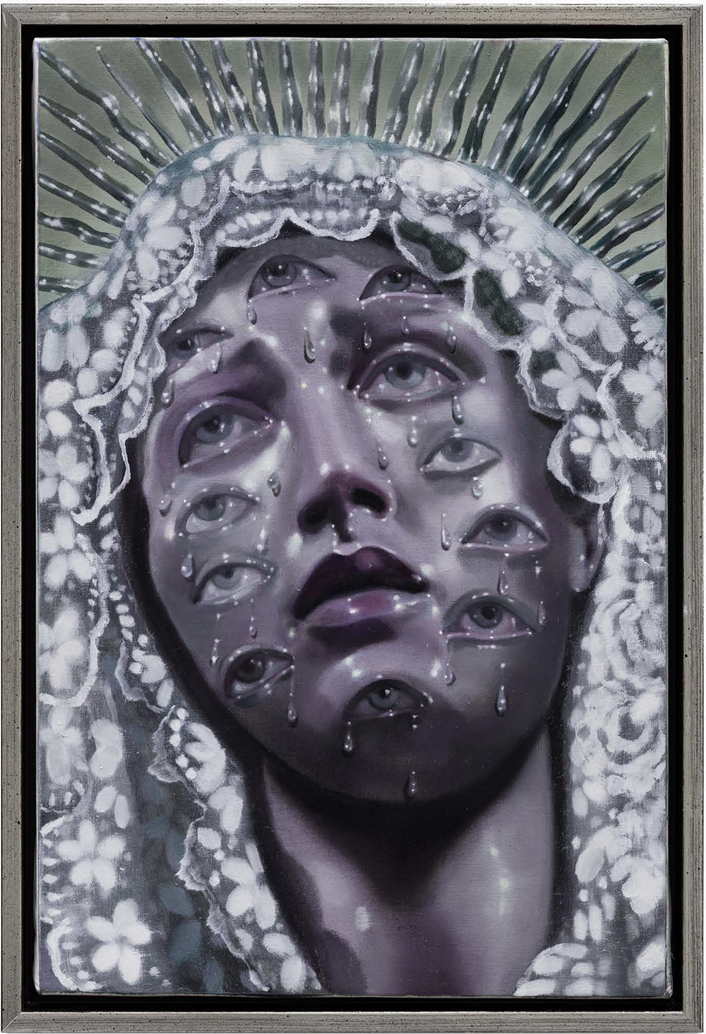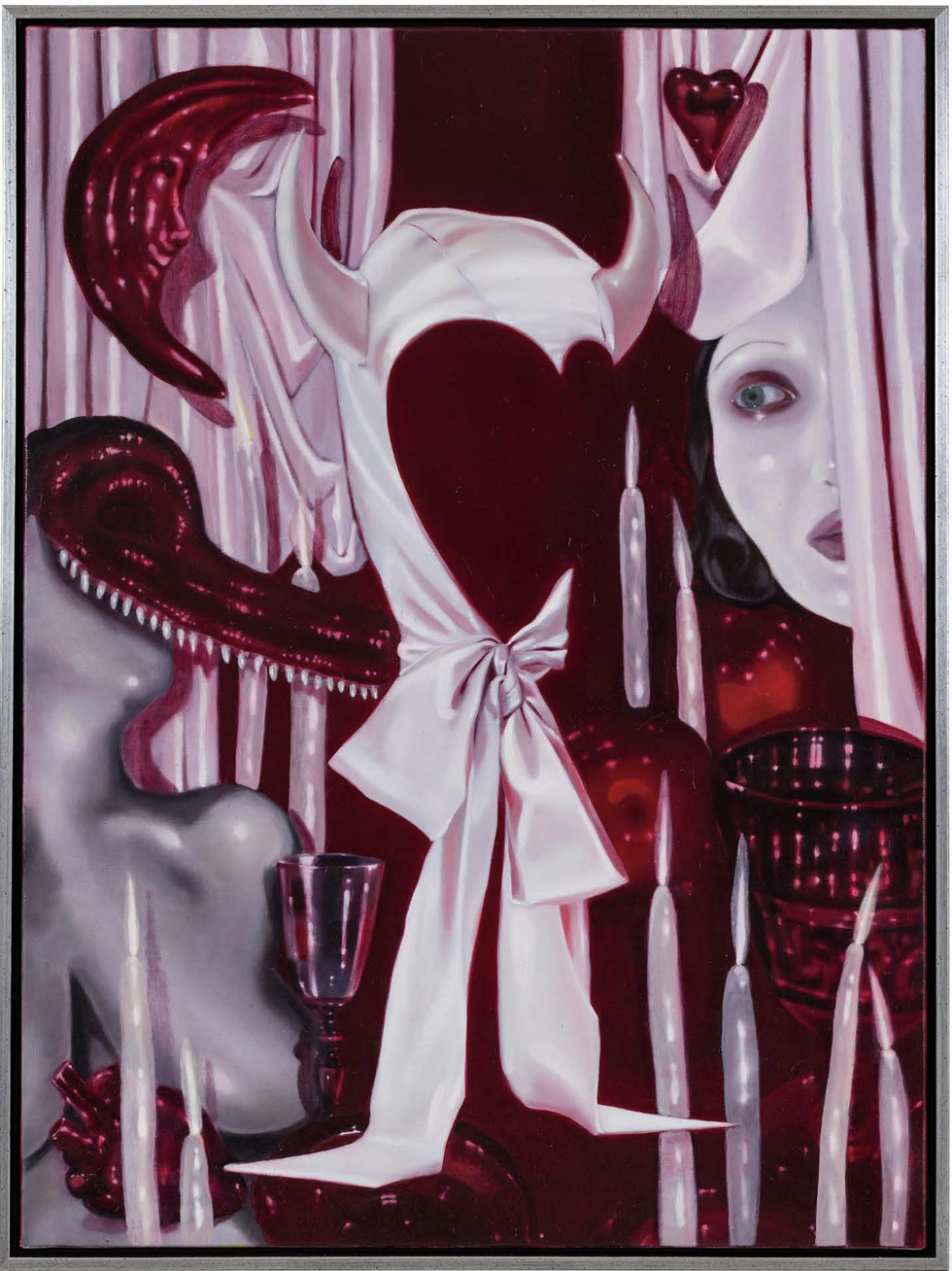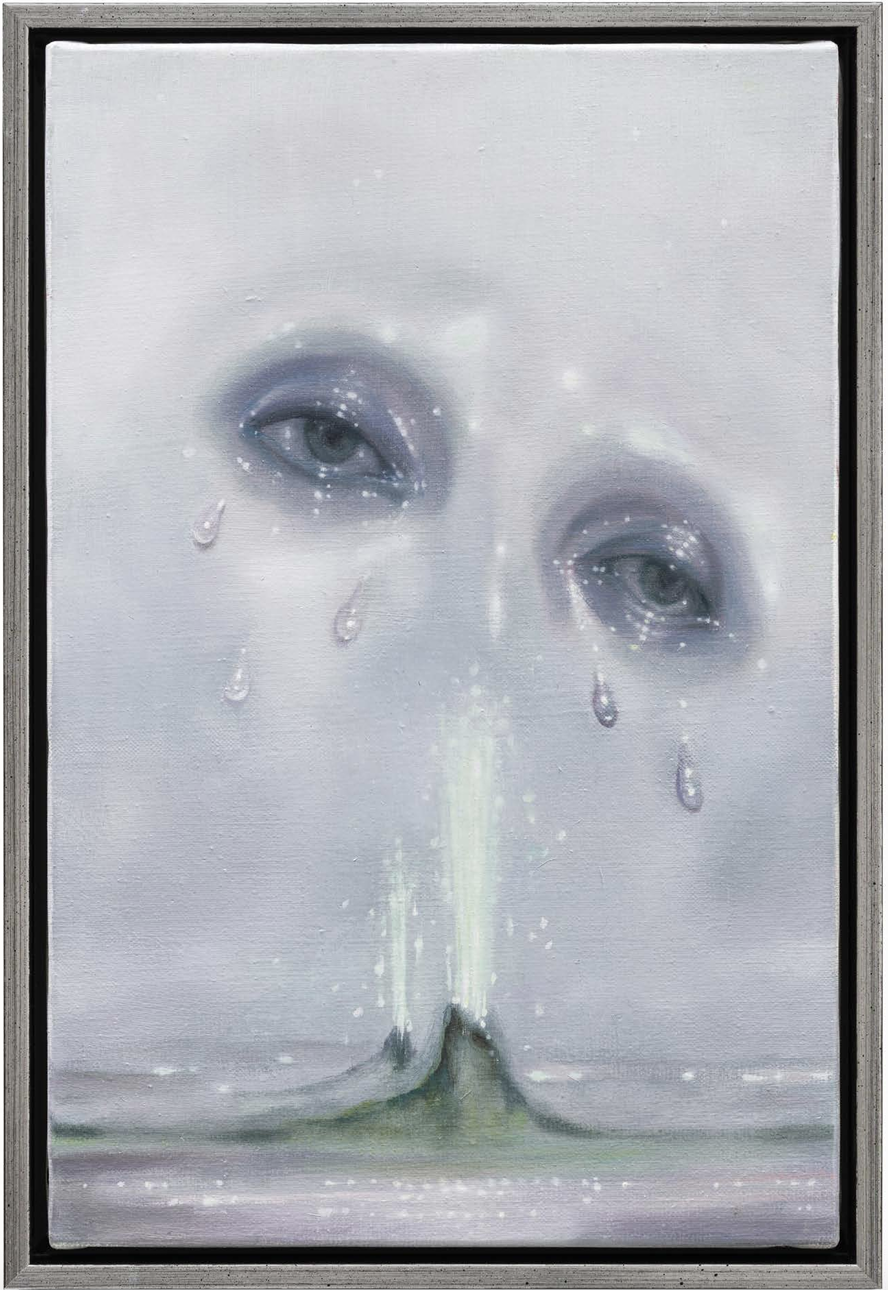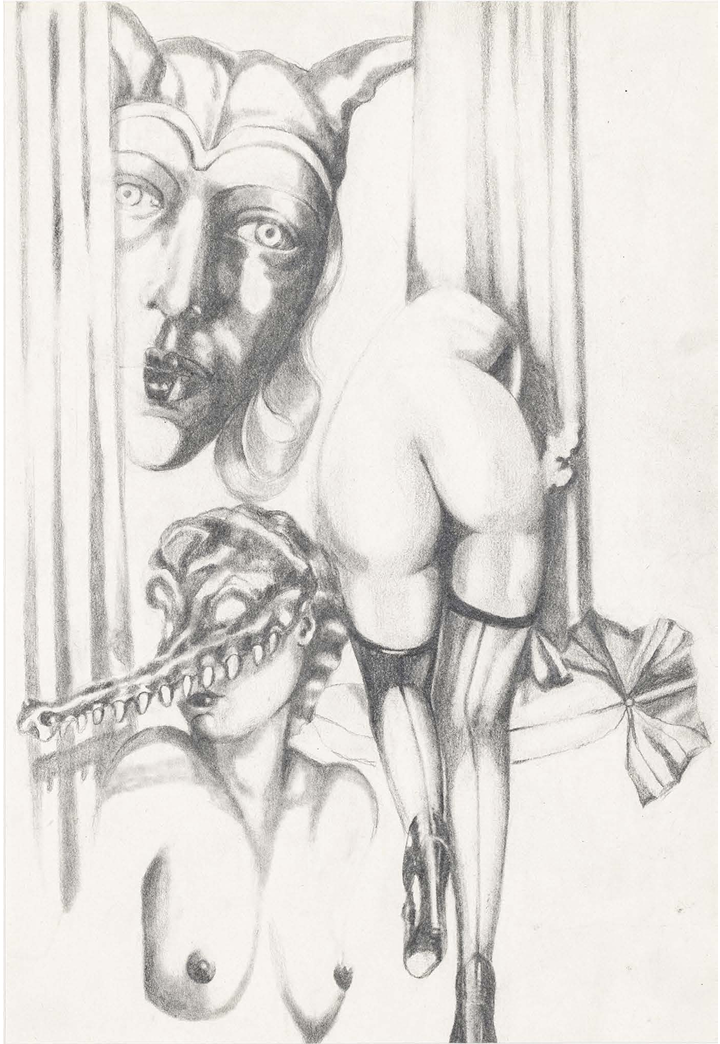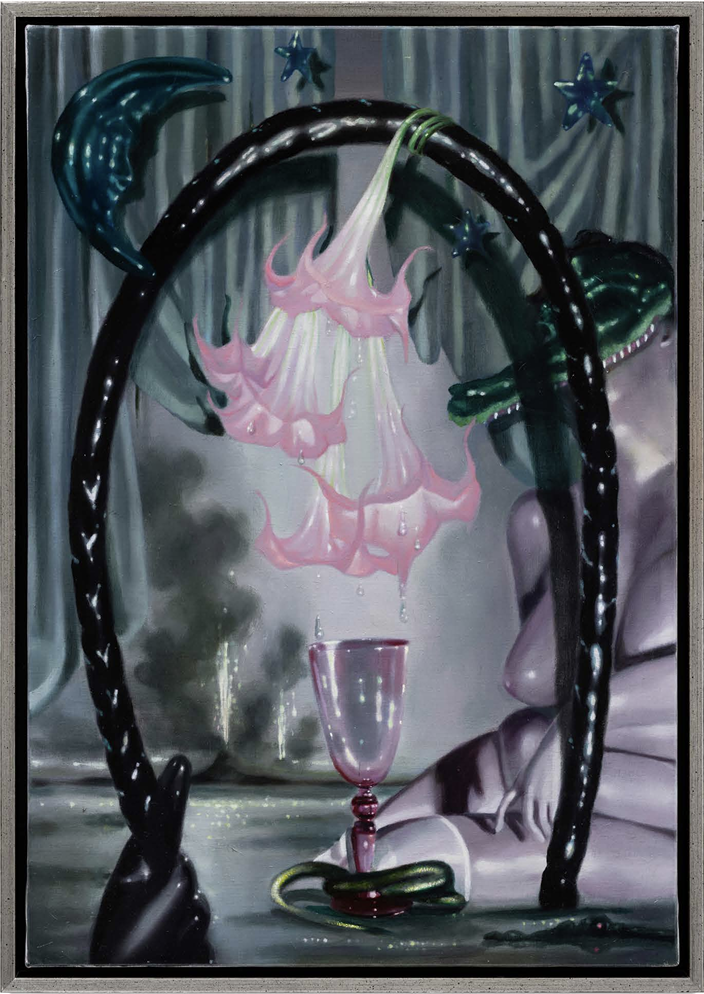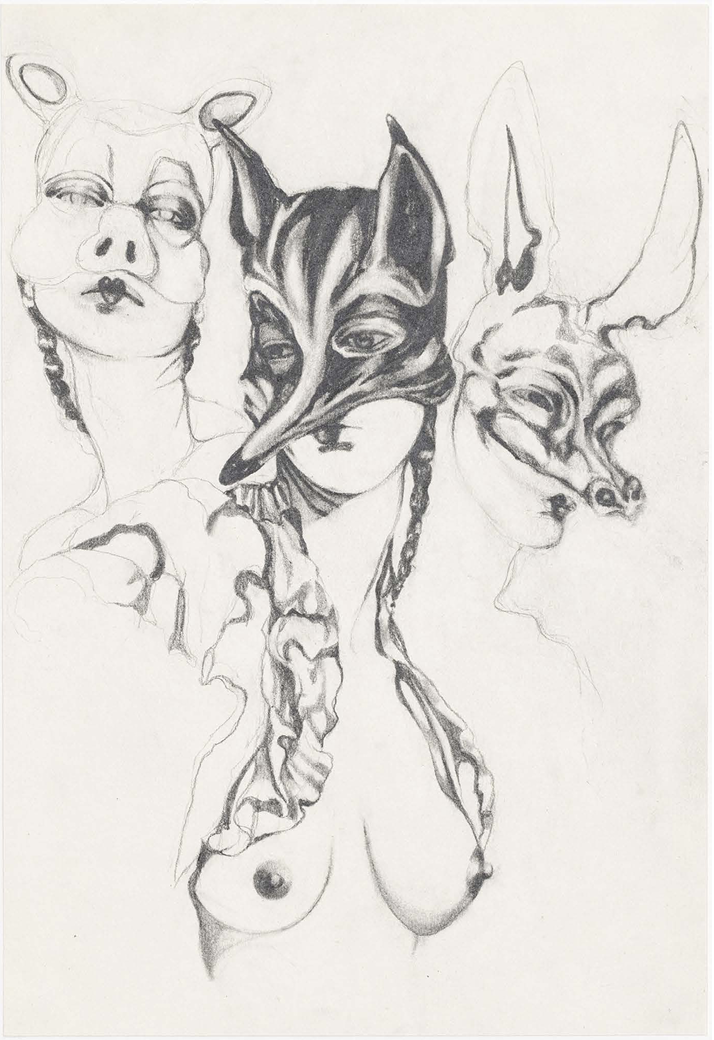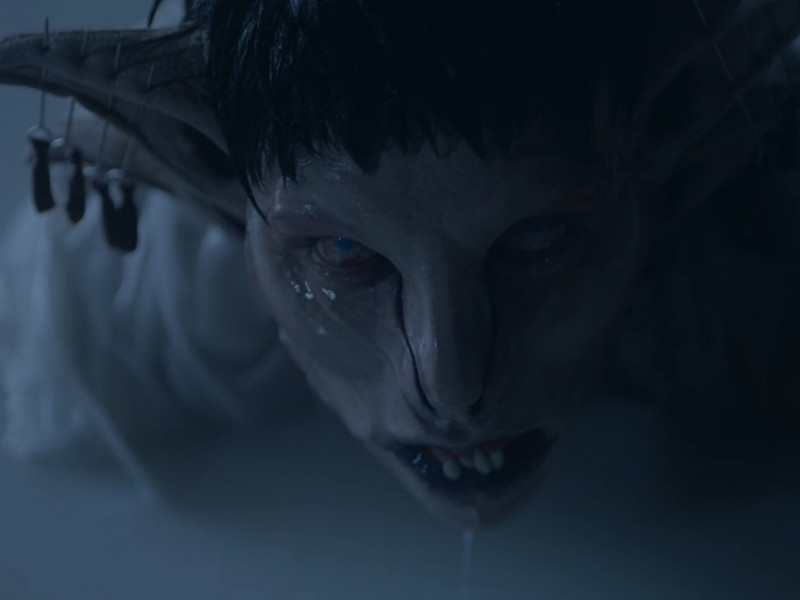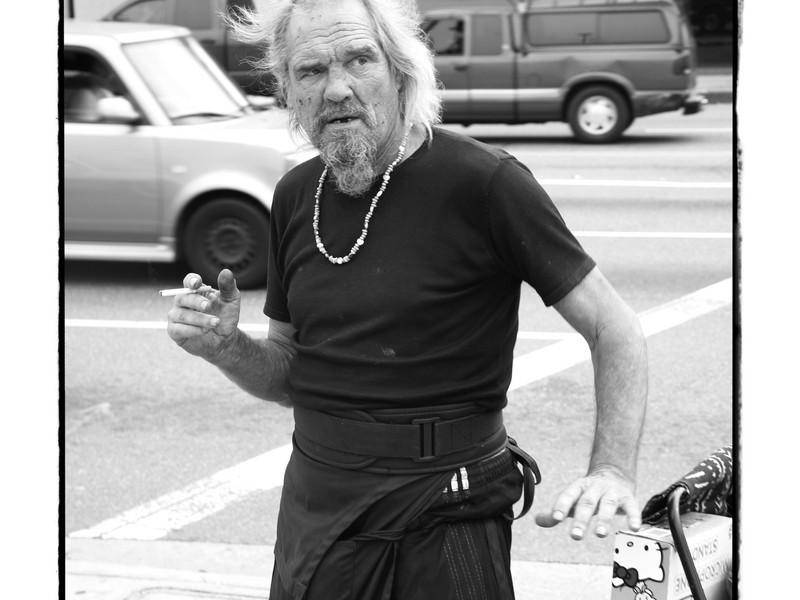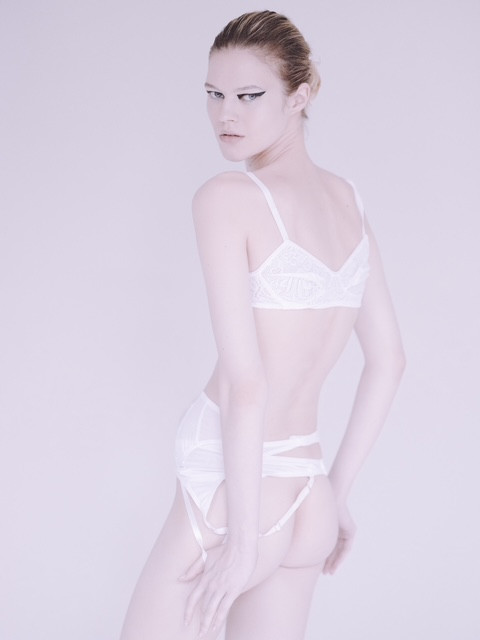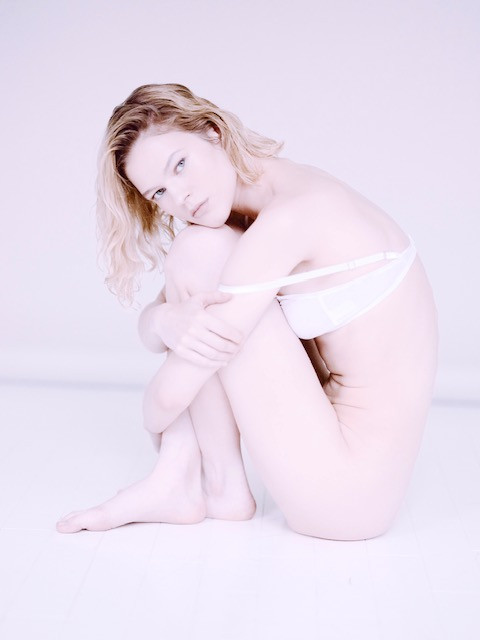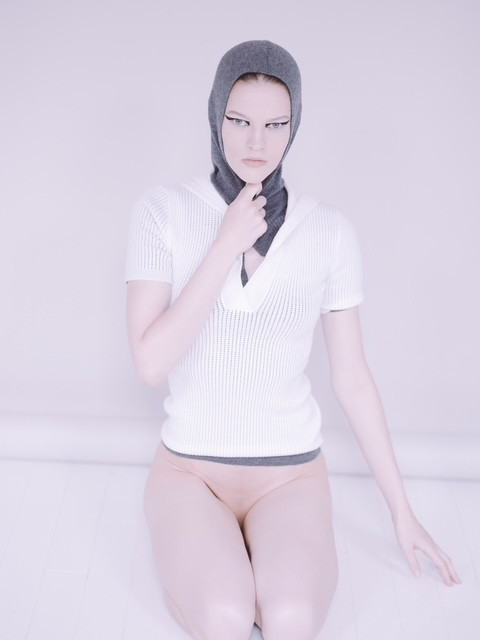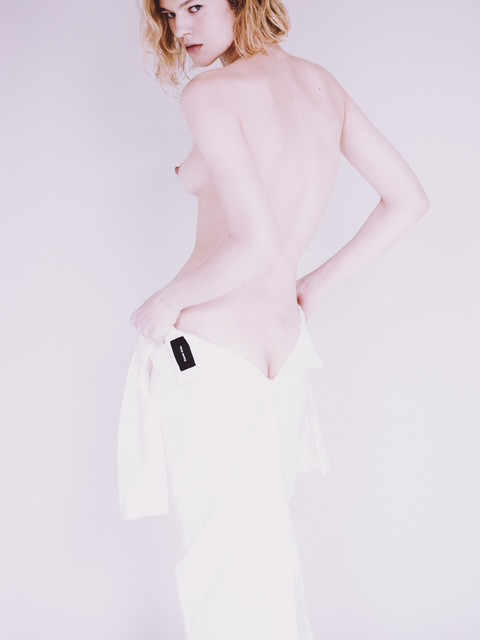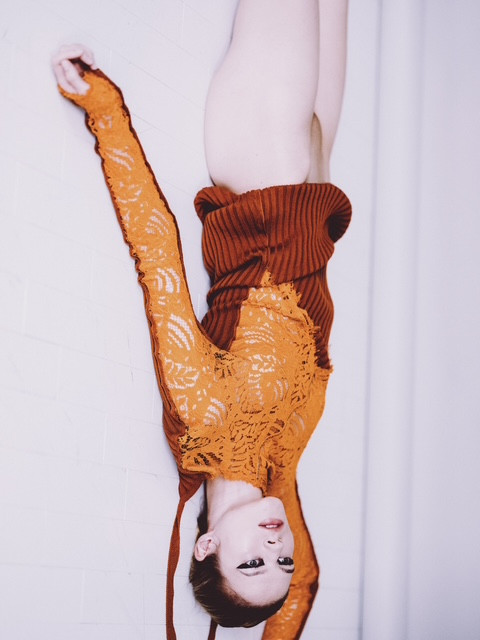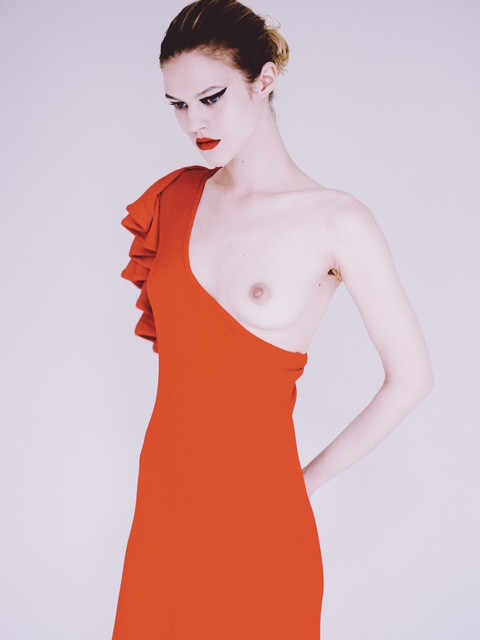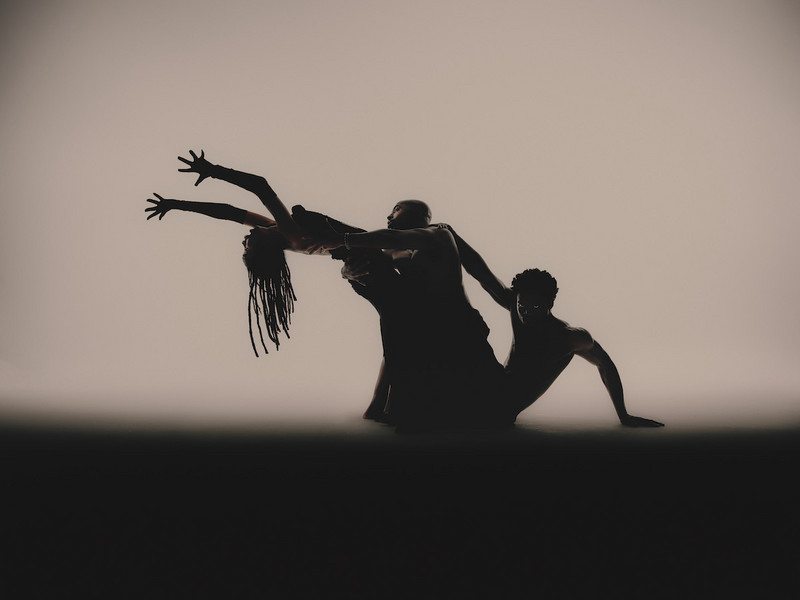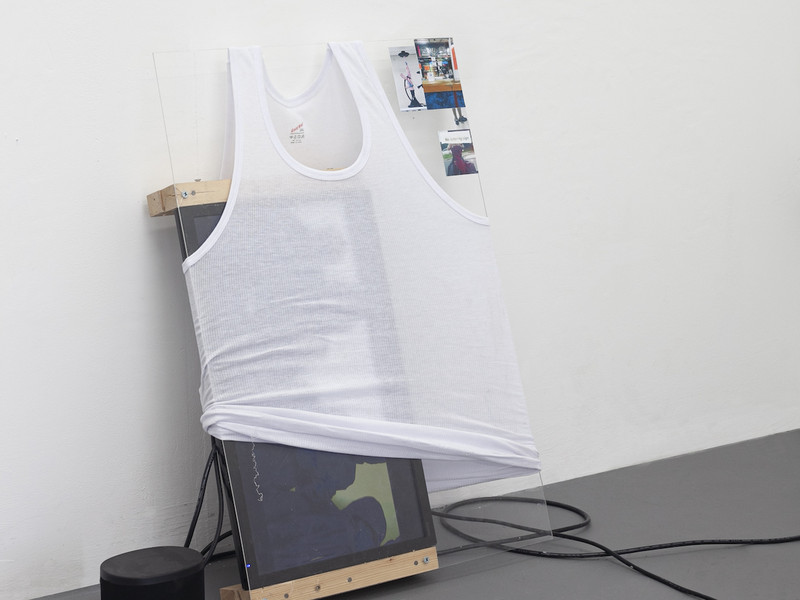Marin Majić's Hazy, Dark Portals Inhabit Megan Mulrooney's New LA Space
Of the three shows Mulrooney unveiled this weekend, Majić’s is the only one tied to the much anticipated PST ART extravaganza, spearheaded by Getty, wherein 70 museums and galleries between Santa Barbara and Palm Springs are staging shows that illustrate how “Art and Science Collide.” PST curators scouted Majić after his New York solo show “Nocturne” with Nino Mier last year, and asked if he wanted to join the program. Mulrooney is making sure it happens.
I stopped by Majić’s studio near the Jefferson L stop a month before “Dawning” opened, to see the show’s sixteen artworks before they left for California. It had been just several days since his wife had given birth. A sizable, small-scale replica of Megan Mulrooney Gallery crowded the canvases and cacti that line Majić’s studio’s walls and windows, to help him arrange the show.
While “Nocturnes” offered only monumental paintings, “Dawning” marks Majić’s return on the ever-swinging pendulum back to compact creations, which allow him to ride inertia more aggressively — and forge closer relationships with viewers. To call these works paintings doesn’t feel entirely accurate, but that’s how he refers to them. Their surfaces have a sculptural quality.
Motifs reappear. There’s a lone wolf who might be Majić, alongside a captain, a pilot, and an astronaut. Crystal waters pool in secluded spots, and glamorous parties rage in eras impossible to place. Every piece begins with a Photoshop collage. Majić shakes the same box of compositional elements culled from 70s advertisements and Japanese woodblock firework manuals alike. They come tumbling out fresh each time, and he works them over across layers.
Then, Majić draws his scenes on rough burlap canvases in colored pencils. These understudies turn out so vibrant that he finds them “crude,” so he paints atop them. Things get interesting when he mixes marble dust with oil and slathers a milky veil over that base. Next, Majić goes in with colored pencils and carves out flashes of his understudy, toeing the line between vivid and subdued. These surfaces embody the textures he’s portraying, whether that’s water or smoke.
It’s not a perfect formula. “I completely killed the whole image,” Majić says of “The summoning” (all works 2024). “I put so much of that gray layer on it — I was almost crying.” Fortunately, he turned the work around and returned to it as a new person — one who could resolve the work’s wriggling madness into one scintillating pattern. He considers “The inside” the final installment in this spotty story, like a brownout memory. There’s room for error. Is the figure on a couch or a coffin? Rushing water, or a 1980s carpet? In the subconscious, symbols can possess duplicity.
Majić struggled similarly against “You looking for you, me looking for me” and “The Distance,” a diptych that’s separated in “Dawning.” Parties are chaotic, but every detail on a plane is precise.
In the scene on the right, when they were placed together in his studio, a man and woman laugh next to a plane window. In the painting on the left, the man’s mouth is closed, and he’s alone. The plane travels the opposite way. These narrative markers invoke the viewer to invent stories.
The most potent duo in this series frames either side of the entryway to “Dawning” like a secret little legend. Two cave paintings appear to depict dawn, and dead night. At first, they appear to illustrate a single evening. But, subtle differences between the landscapes beg the question of how much time has actually passed. That’s the trick. This series is really working with time. The sentence “all of these things happening at once” does still describe a concrete amount of time.
Speed dictates time, which stops at the speed of light. There’s your everything all at once. Of course, we don’t typically perceive the real situation. Our animal brains, engineered for survival, filter extraneous details — paring totality down to consensual reality. Not long after art mastered replicating that reality, art began interrogating it, initially through abstract expressionism. Today, it’s through psychedelic ambivalence, like how the orb above “I will not follow” might be a sun or a moon, that calling card of our era. Ambivalence pries the door open, offering entry into a work.
All the scenes in Majić’s latest endeavors could be happening all at once, across any number of places around the world. Such is the nature of consensual reality. In fact, Majić’s dark yet radiant aesthetic, perfectly suited to this moment’s escapist tastes, looks a bit like traveling at light speed. Science hasn’t figured out how to make a person move that fast yet. That’s what art’s for.

